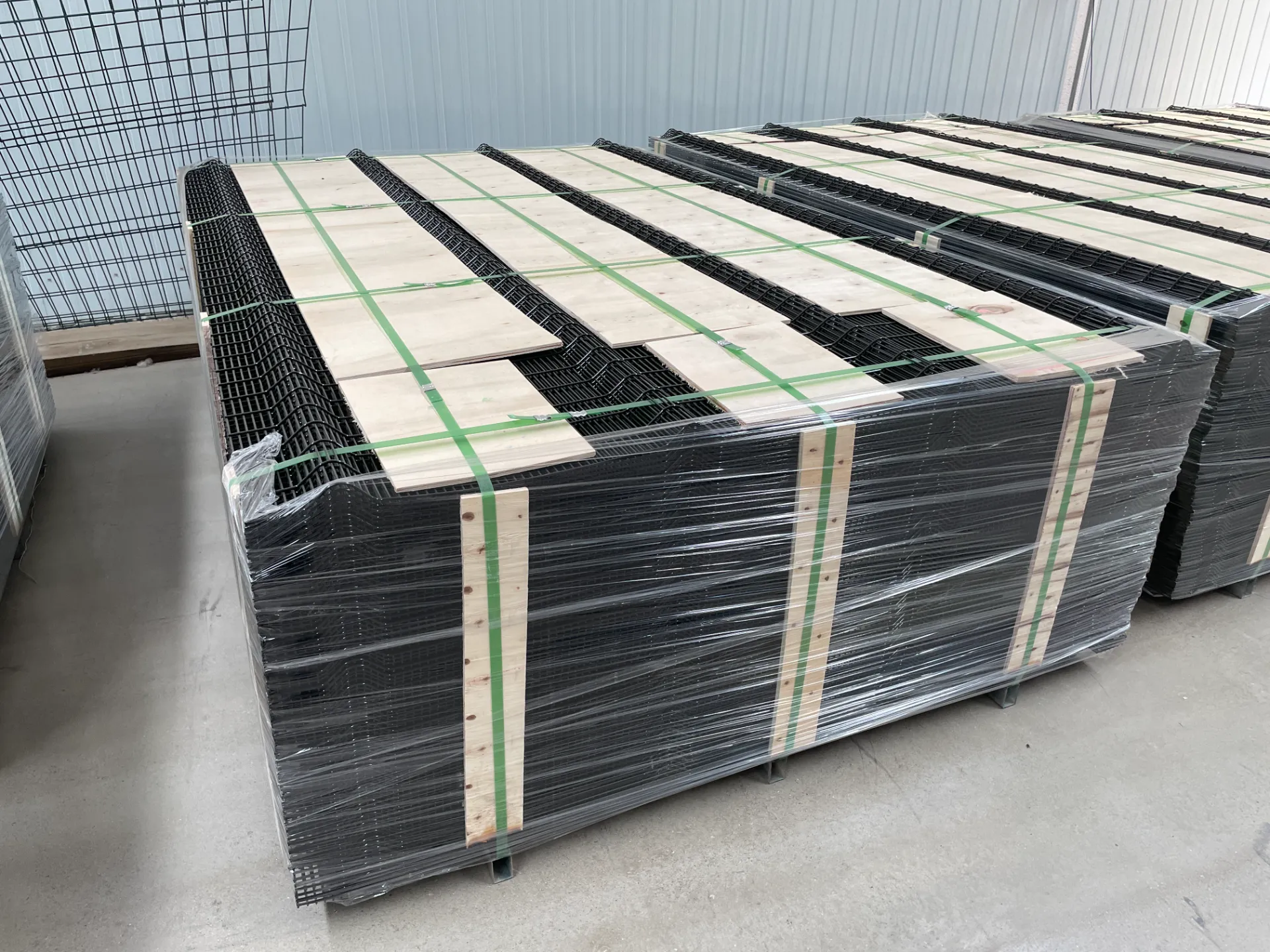Cattle Fencing Solutions with Durable Barbed Wire for Effective Livestock Management
The Role of Cattle and Barbed Wire in Ranching
Cattle ranching has been a cornerstone of the agricultural economy for centuries. As herds grew and ranch lands expanded, the need for effective fencing became paramount. This is where barbed wire came to play, revolutionizing the way ranchers manage their cattle and secure their properties. This article explores the significance of cattle ranching and the pivotal role of barbed wire in this industry.
The Importance of Cattle Ranching
Cattle ranching serves numerous functions beyond just providing meat and dairy products. It is a crucial part of the agricultural sector, contributing significantly to the economy and supporting rural communities. The practice also helps maintain landscapes, promoting biodiversity by managing grasslands and open spaces. Grazing cattle contribute to soil health by aerating the land and aiding in nutrient cycling, which is vital for sustainable farming practices.
Moreover, cattle ranching offers a connection to the traditions and lifestyles of many communities. Ranchers often pass down knowledge and practices through generations, maintaining a cultural heritage that is rich and diverse. This connection between people and land is a defining characteristic of ranching and underscores its importance beyond mere economics.
Barbed Wire A Game-Changer in Fencing
The introduction of barbed wire in the late 19th century marked a significant development in the history of ranching. Before this innovation, ranchers relied on wooden fences or stone walls, which were often expensive and labor-intensive to maintain. Barbed wire, on the other hand, was relatively inexpensive and easy to install, making it accessible to a larger number of ranchers.
Barbed wire consists of a strand of wire twisted with barbs at regular intervals. These barbs serve a dual purpose they deter livestock from pushing against the fence and help prevent animals from escaping. This is particularly crucial for cattle, as their size and strength can make them prone to breaking through inadequate fencing.
cattle barbed wire

The ability to easily erect effective barriers allowed ranchers to manage their herds more efficiently. It enabled the establishment of smaller pastures that could be rotated for grazing, which is essential for maintaining the health of the land and the animals. By controlling grazing patterns, ranchers can prevent overgrazing and promote regrowth, ensuring the sustainability of their operations.
Challenges and Considerations
Despite its advantages, the use of barbed wire is not without challenges. For one, while it serves as a deterrent for cattle, it can also pose risks. Barbed wire can injure animals if they become entangled or if they charge at the fence. Ranchers must be diligent in maintaining their fences, checking for integrity and ensuring that any damaged sections are promptly repaired.
Moreover, the environmental impact of barbed wire cannot be overlooked. It is important for ranchers to consider wildlife movement and migration patterns when erecting barbed wire fences. In some regions, fencing can obstruct the passage of animals, leading to ecological imbalances. Solutions such as wildlife corridors or using fencing designs that accommodate animal movement are crucial considerations for modern ranching practices.
The Future of Ranching with Barbed Wire
As technology and practices evolve, the intersection of cattle ranching and fencing will continue to transform. Innovations such as virtual fencing, which uses technology to create invisible boundaries, are emerging as viable alternatives to traditional barbed wire. However, the classic barbed wire continues to hold its ground, largely due to its simplicity and effectiveness.
In conclusion, the relationship between cattle and barbed wire is emblematic of the broader ranching practice, highlighting both the challenges and the ingenuity of ranchers. Barbed wire has played an essential role in shaping modern cattle ranching, ensuring the effective management of herds and the preservation of agricultural landscapes. As the industry adapts to changing conditions and technologies, the foundational principles of efficient cattle management will continue to be informed by the history and innovation that barbed wire represents. The future of ranching might look different, but the legacy of cattle and barbed wire will remain an integral part of this enduring tradition.
-
Weather Resistance of Woven Wire and Chicken Wire Fencing MaterialsNewsJun.05,2025
-
Umbrella Nails Innovations in Roofing Fasteners for Wind ResistanceNewsJun.05,2025
-
Modern Barbed Wire Fence Designs for Perimeter ProtectionNewsJun.05,2025
-
How Iron Nail Wire Enhances Nail Strength and Installation EfficiencyNewsJun.05,2025
-
High-Security Razor Fence Solutions for Perimeter ProtectionNewsJun.05,2025
-
Durable Wire Netting Fence Solutions for Animal EnclosuresNewsJun.05,2025




